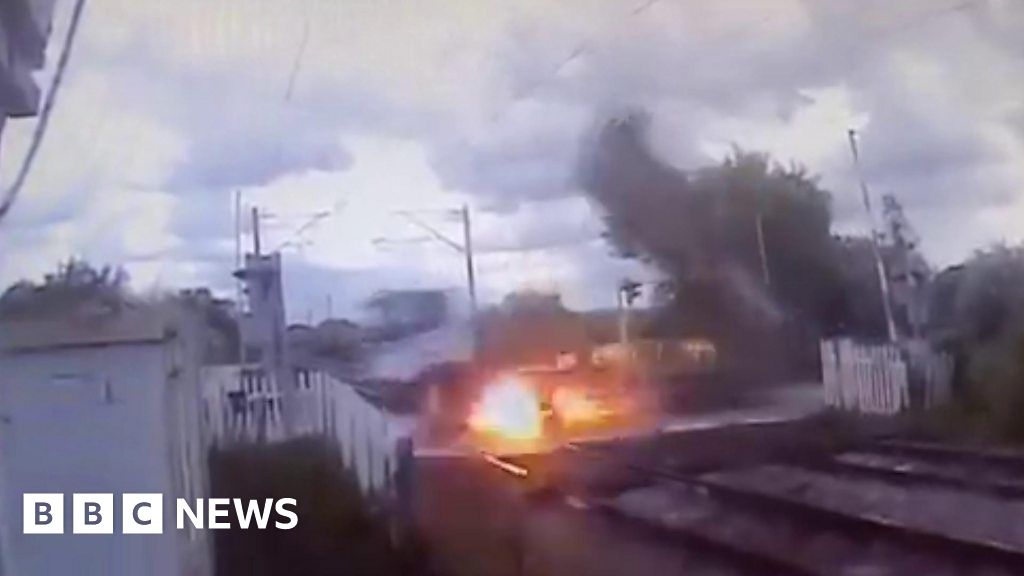
Sparks fly as lorry hits power lines at crossing
An explosion and smoke is seen as the vehicle crosses tracks, causing disruption to train services.
www.bbc.co.uk
Interesting that the major arcing is not where the lorry hits the cable but is between the lorry's wheels and the train track.


